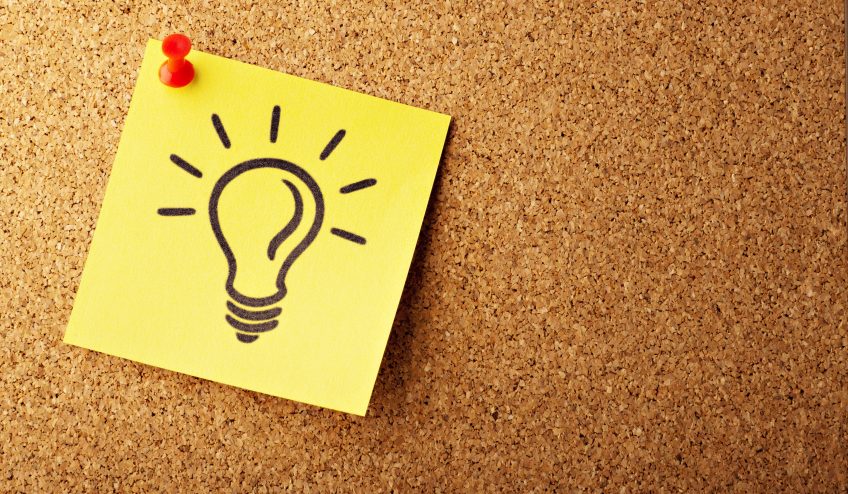Retro-style
As a worship team in Ignite Network, we want to do the best job we can in serving God and the members of our community. Worship is an integral part of Ignite Network and we are honoured to play a part in leading it. That’s why, recently, the whole team got together to talk about how we are doing as a team and how we can improve. We borrowed an exercise that I use in my job called a “retrospective”. The point of a retrospective is to continuously reflect on how you’re working as a team and improving as you go. Retrospectives should be small, informal meetings and repeated as often as you can or need to.
Here’s how to run a retrospective and what you’ll need:
- Three large, flip-chart sized, pieces of paper with a sticky back
- A marker for each person (I’d recommend Sharpies!)
- A pad of post-its for each person
- Dot stickers (small circular, coloured stickers)
- 30-60 minutes
First, stick the large sheets to the wall. On each one write the following headings:
- What should we have done better?
- What did we do well?
- Next steps
Assemble your team and explain what’s going to happen. Encourage them to listen, be honest, open minded and embrace a positive spirit of continuous improvement.
For the first activity, make sure everyone has a Sharpie and some post-its. Give them five minutes to write down, without talking, as many things as they can think of, which they could have done better as a team since the last ‘retrospective’ or some other point in time. Everyone should put their post-its on the wall as they go.
When the time is up ask everyone to move the post-its into clusters of similar thoughts, then circle the cluster and give it a label that summarises it. Now assign one person to “playback” what’s on the sheet. They don’t have to read every single post-it, just give a summary of the clusters and highlight a few that really stuck out. The size of the clusters will help you, visually, to see the types of things most people were thinking about. The point isn’t to assign blame to any one person, but to get a quick snapshot of the things concerning the team so we can take action on it.
Next you’re going to repeat this process for the other two sheets of paper. Keep each one to about 10-15 minutes. Here’s a reminder of the steps:
- Write ideas on posts-its (without talking!)
- Cluster the similar ideas
- Playback what’s on the sheet
The final sheet is called “Next steps” and it’s all about capturing practical information which the team can start implementing to improve how they work. Once you have your clusters, you’ll give everyone three dot stickers to silently vote on ideas. They can vote for an idea as many times as they want (including all votes on a single idea). You can use the ideas with the most votes to decide on what action to take.
Ask for volunteers to be responsible for actions and set due dates. The next time you have a retrospective you can start it by reviewing your actions from the previous one. Thank everyone for participating and for their honesty.
You can use a retrospective for almost any type of group and if you run your own I hope you find it useful and let me know how you get on!
Photo by G. Crescoli on Unsplash

